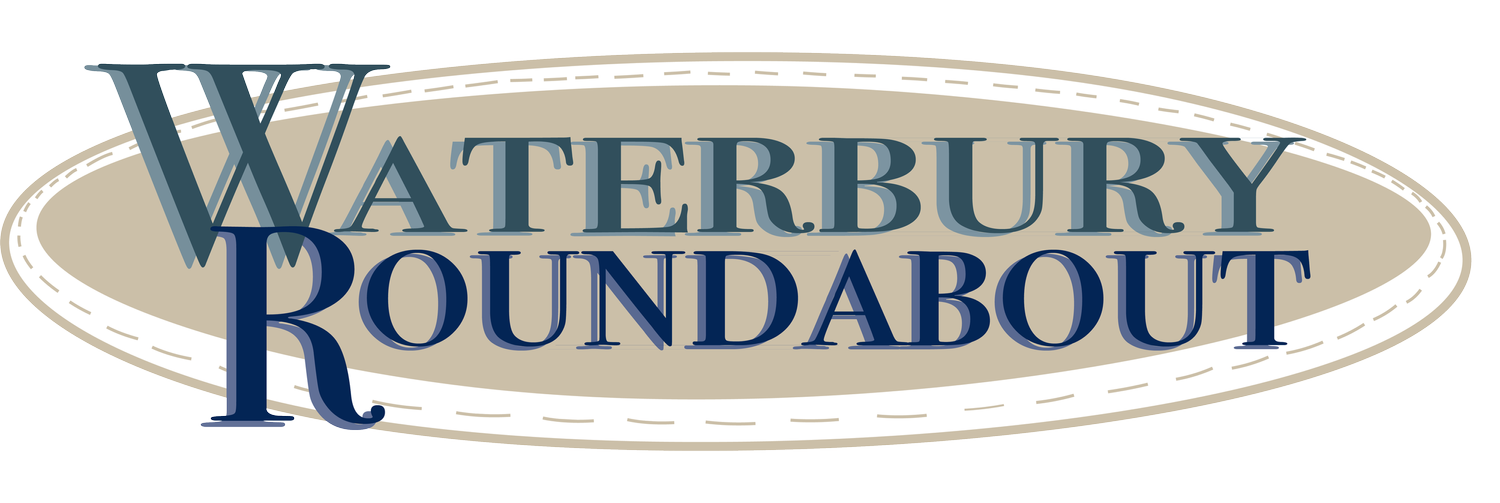Vt. Fish & Wildlife: Slow down for frogs & salamanders
April 12, 2025 | By Vermont Fish & Wildlife Department | News Release The Vermont Fish and Wildlife Department asks drivers to slow down and be cautious when traveling at night this time of year and to avoid driving near wetlands and ponds where salamanders and frogs may be crossing roads during their breeding season.
Spotted salamander, North Clarendon. Vt. Fish & Wildlife photo by Luke Groff
Every spring, many of Vermont’s amphibians leave their overwintering sites and migrate to the wetlands and ponds where they will breed and lay eggs. This annual event – sometimes called Big Night(s) – coincides with melting snowpack, thawing soils, relatively warm evening temperatures, and rainfall.
If you are trying to predict a Big Night, check the weather forecast for nights with consistent rainfall and temperatures above 40°F.
What might you see if you venture out on such a night? “You can see many individuals and species in a short period and in a small area, and some species may not be seen the rest of the year,” explained Fish and Wildlife herpetologist Luke Groff.
The spotted and blue-spotted salamanders, for example, belong to a group referred to as “mole salamanders,” because after breeding, they retreat underground or under logs or stumps, and may not be seen until next spring.
Groff encourages Vermonters to explore the roads near their homes and report amphibian road crossings to the Vermont Reptile and Amphibian Atlas.
If it is safe to take pictures of the migrating amphibians, please include them in your report. This information is used by Fish and Wildlife, the Agency of Transportation and other conservation partners to assess the need for wildlife passages and barriers that allow all wildlife, not just frogs and salamanders, to more safely cross roadways.
Also, Vermonters who wish to contribute to the Fish and Wildlife Department’s work to conserve frog and salamander populations can donate to the Nongame Wildlife Fund on their state income tax form or on the Vermont Fish and Wildlife website.
